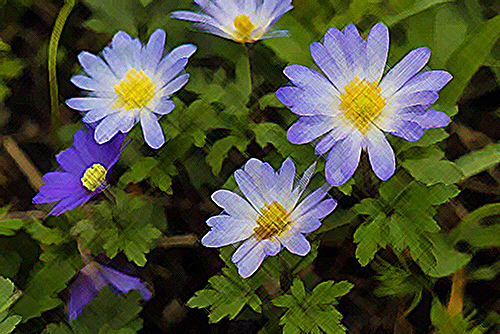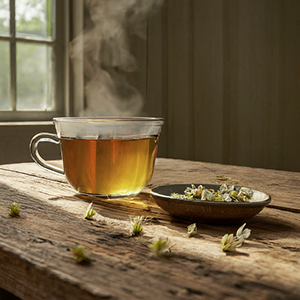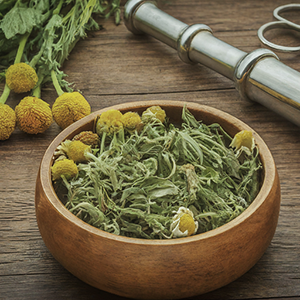Contents
The leaves of the small, beautiful windflower plant, which look like the anatomical lobules of the liver, were likely to inspire Renaissance physicians to use it for hepatic disorders.

Windflower Plant Scientific Facts
- Scientific Name: Anemone hepatica L.
- Other Names: Anemone.
- French: Herbe de la Trinité
- Spanish: Hepática.
- Environment: It grows in calcareous and mountainous soils all over Europe.
- Description: Vivacious plant of the Ranunculaceae family, growing from 10 to 25 cm high. The windflower does not have a stem. Instead, its leaves, divided into three lobules, grow directly from the plant’s base. Its flowers are light blue, pink, or white.
- Parts of the plant used medicinally: Dry leaves.
Healing Properties

The whole plant contains glycosides, saponin, and anemonol, which is toxic when fresh. Windflower is anti-inflammatory and reduces liver congestion, making it an excellent remedy for hepatic afflictions (jaundice, hepatitis, cirrhosis, etc.). It also has diuretic properties.

However, we now know of other more effective and less toxic plants; hence, their use in treating liver disorders has decreased. Nevertheless, different applications of this plant are still being used. In external applications, it is used as a vulnerary and cicatrizant (healing agent) for wounds and skin sores.
Warning
The fresh plant is toxic. Never exceed the prescribed doses.
How to use Windflower
- Cold extract steeping for twelve hours with 30 grams of dry leaves per liter of water. Drink two to three cups sweetened with honey.
- Compresses are soaked in the cold extract and applied to the affected skin area.
DISCLAIMER: All content on this website is presented solely for educational and informational objectives. Do not rely on the information provided as a replacement for advice, diagnosis, or treatment from a qualified medical expert. If you are pregnant, nursing, or have any preexisting medical concerns, talk to your doctor before using any herbal or natural medicines.
REFERENCES
- George D. Pamplona-Roger, M.D. “Encyclopedia of Medicinal Plants.” George D. Pamplona-Roger, M.D. Encyclopedia of Medicinal Plants. Ed. Francesc X. Gelabert. Vols. 1 San Fernando de Henares: Editorial Safeliz, 2000. 383. Print. [windflower plant]
- Chestnut School of Herbal Medicine: https://chestnutherbs.com/anemone-medicine-poison-pollen-and-melodrama/
